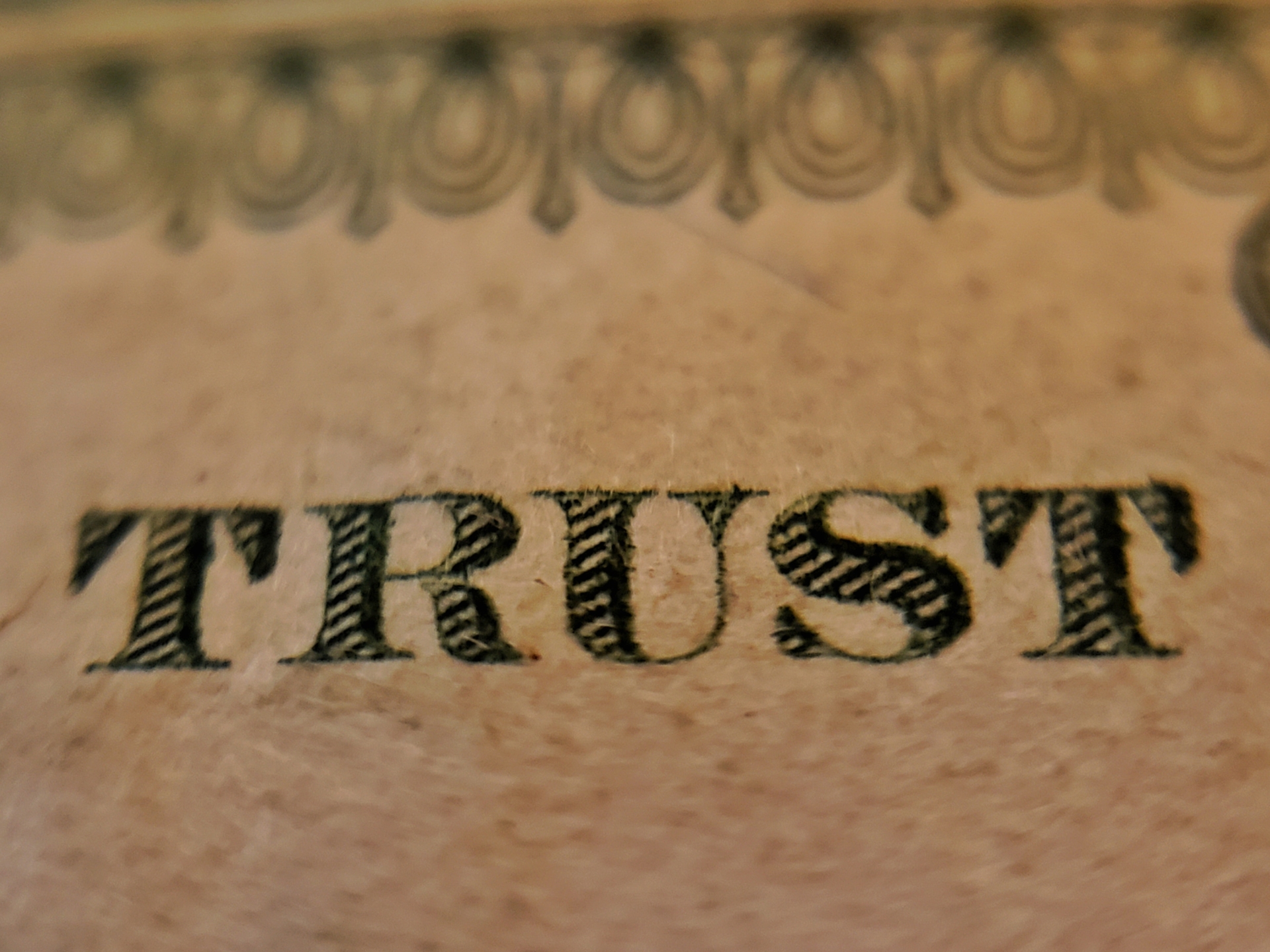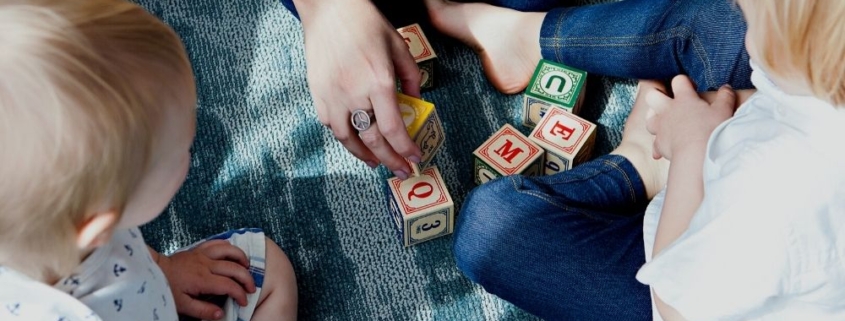The minor benefit rule is the one exception that turns a non-deductible contribution into a deductible one.
Minor Benefit Rule
When you make a donation and you pay way more than the minor benefit you get back, then you obviously did this to support the charity. And that should be rewarded through a tax deduction. This is the essence of the minor benefit rule.
The tricky point is what makes a benefit a minor benefit. What means minor? That is the point the entire rule evolves around.
Recap
Here is a quick recap in case you haven’t read Tax Deductible Donation.
A donation is either a gift or a contribution. A gift is tax deductible if it meets the six conditions listed in s30-15 ITAA97 and TR 2005/13.
A contribution is usually not tax deductible, but there are two exceptions – the general deduction in s8-1 ITAA97 and the minor benefit rule.
The general deduction in s8-1 (1) ITAA97 allows you to claim a tax deduction whenever you pay for something to gain assessable income. To get brand exposure or to buy donor data for example.
The minor benefit rule in s30-15 ITAA97 allows you to claim a tax deduction for a contribution if your contribution qualifies as a tax deductible gift without being a gift and – in addition – meets five other conditions.
Minor Benefit Rule
For your contribution to be tax-deductible after all, it needs to pass two tests. It needs to pass the test for a tax deductible gift. That is the first test. Let’s call it the gift test.
But instead of being a gift – the first condition for being a tax-deductible gift – it needs to pass the additional five conditions of the minor benefit rule. This is the second test.
Gift Test
The contribution needs to be LIKE a tax-deductible gift …apart from the fact that it isn’t a gift. So it must meet all the conditions a gift has to meet per s30-15 ITAA97 and TR 2005/13, except the first one about receiving nothing in return. Roughly speaking, a gift is tax deductible if it meets the following conditions. It must be
1 – a gift – skip this one – a contribution fails this one by definition;
2 – of money or property;
3 – of sufficient value;
4 – made voluntarily;
5 – with a tax receipt;
6 – to a recipient with DGR status.
This is the first test.
Minor Benefit Rule
The second test is passing the minor benefit rule. To pass the minor benefit rule:
1 – You must be an individual and not a company, trust or partnership.
2 – The event must be a fundraising event or charity auction.
3 – If you claim the price of a ticket, you can only claim up to two tickets.
4 – You must only receive a minor benefit in return for your contribution.
5 – The relevant charity must run less than 15 events of this type per year.
Minor
The core essence of the minor benefit rule is that the benefit you receive is only…MINOR. The thinking is that if you get way less than you paid for, then you must have done this to support the charity. And that should be rewarded with a tax deduction.
But what is a minor benefit? A benefit is minor if it is worth $150 or less and you pay at least 5 times more than what it is worth. So there are two criteria – market value and payment.
Market Value
The market value of the benefit must be $150 or less.
This is important. It means that whenever you buy something at a charity auction worth more than $150, the auction item won’t qualify as a minor benefit. The same applies to the tickets for a fundraising event. If it is worth more than $150, no minor benefit.
But remember this is not about what you actually pay for the ticket or item. It is about what it is worth – the market value of your ticket to the event. And the market value of the auction item you successfully bid for.
Payment
You must pay at least 5 times more than its market value.
And this is just as important. It means that if the venue charges $100 per head, then you must pay at least $500 for the ticket for it to qualify as a minor benefit. And if an auction item is worth $50, you must pay at least $250 for it.
The argument is that if you pay 5 times more for what it is worth, you clearly pay the money for other reasons than the benefit you get back. Your intentions are clearly altruistic.
How To Determine Market Value
A benefit is worth its market value, which is what you would have had to pay for the same good, service or event on the open market. And if there is nothing else like this, then a similar or comparable good, service or event (price or market comparison).
And if it is impossible to make a reasonable price or market comparison, then the market value is assessed based on cost. Take the actual cost plus notional costs plus a certain profit margin and you get the market value (cost-based approach).
So the value of a benefit is assessed based on market value or cost. Since it is the charity issuing the receipt, they are the ones that need to ultimately work this out.
Subsidised Benefits
What happens if some benefits are subsidised and the charity didn’t actually pay for these? Makes no difference. Any benefit is assessed based on its market value or cost, even if part or all of the benefit was actually subsidised by another donor.
Let’s say a donor picked up the tap at the charity Gala dinner. So the charity only had to pay $50 per meal, but not the additional $60 per head for free drinks. What is the market value of the benefit received? The answer is $110.
Or another donor donated a range of items for the charity auction. The minor benefit rule still uses the actual market value, despite the fact that the charity paid nothing for these items.
Even if everything was donated – venue, meals, drinks, MC and auction items – it would still be the market value of all this that would go into the calculation. The fact that the charity didn’t pay for some of the benefit doesn’t change the market value or notional cost of that benefit.
Free Event
What happens if attendees don’t pay for the ticket to attend and are just asked for a donation, which they are free to make or not? Then the entire payment is a donation and hence tax deductible as such. In this case you don’t need to worry about the minor benefit rule.
Splitting
The charity can’t split the ticket into event and gift. It can’t say $150 of the ticket is for the Gala dinner and the other $350 are a gift. Para 149 in TR 2005/13 is very clear on that one,
Para 149: Where DGRs conduct fundraising events such as celebrity dinners, gala events, $1,000-a-plate dinners, and so on, the price of a ticket cannot be notionally split between the value of the material benefit received, that is, the meal, and the amount which represents a gift. Where attendees are to pay a given sum of money in order to attend a function, no part of that sum can be considered a gift. This is so even where the cost of attendance is well in excess of the value of the meal received.
But the charity can charge the meal at market value and then ask for a donation. Para 151 in TR 2005/13 even suggests that,
Para 151: However, a fundraiser can offer tickets to a function for an amount which approximates its market value, and solicit additional optional donations from potential attendees. The ticket cost will not be deductible as a gift. However, the additional optional donations will be tax deductible.
Example
After all this, let’s do an example.
Let’s say there is a Gala dinner followed by a charity auction, which Bob attends. Bob pays $500 for the dinner worth $100 and he successfully bids $1,000 for a golf bag worth $100 and $500 for wine worth $50.
In that case Bob can claim 3 deductions. He can claim $400 for the ticket, $900 for the purchase of the bag and $450 for the purchase of the wine.
FBT
And last but not least, just in case it confuses you. FBT also has a minor benefit rule. But it is a case of same name – different rule. The minor benefit rule for FBT purposes has nothing to do with the minor benefit rule for contributions to charities.
For FBT purposes, benefits that are less than $300 in notional taxable value count as minor benefits and hence are exempt from FBT. But that is FBT land and has nothing to do with tax deductible contributions.
MORE
Tax Deductible Donation
COVID-19 Help For Retirees
Cash Your Super Before You Die
Disclaimer: numba does not provide specific financial or tax advice in this article. All information on this website is of a general nature only. It might no longer be up to date or correct. You should contact us directly or seek other accredited tax advice when considering whether the information is suitable to your circumstances.
Liability limited by a scheme approved under Professional Standards Legislation.
 Joshua Hoehne
Joshua Hoehne






